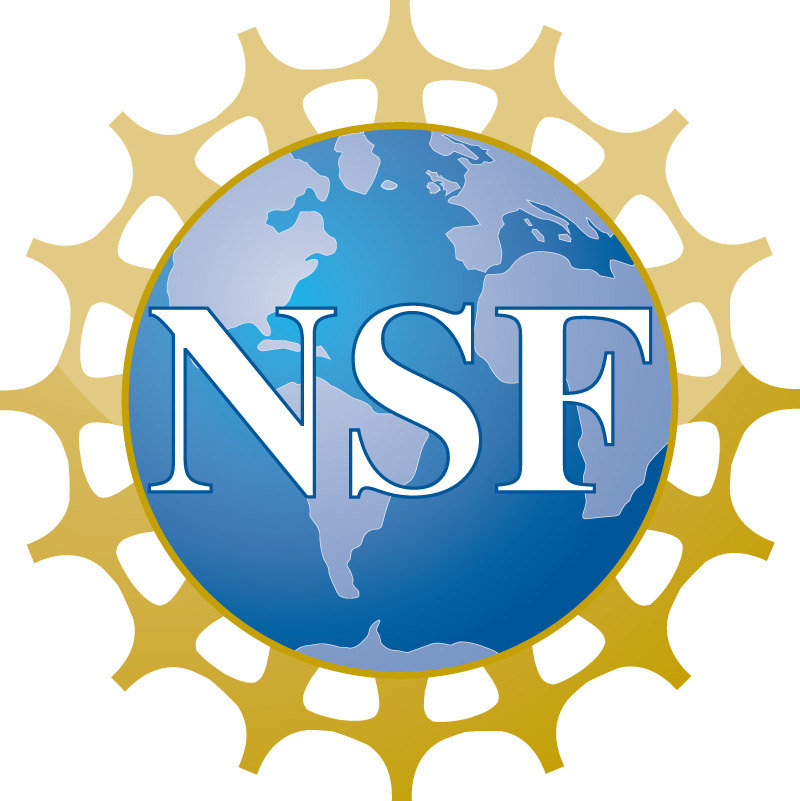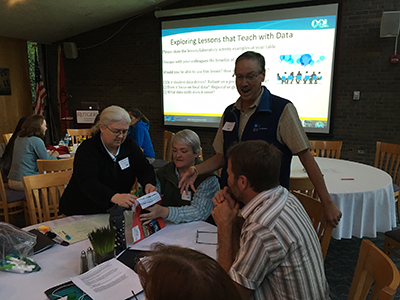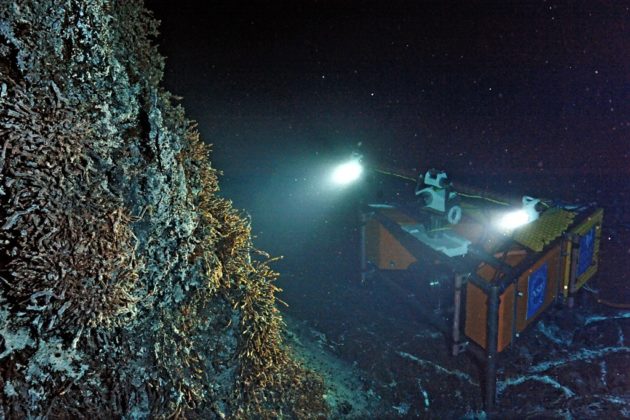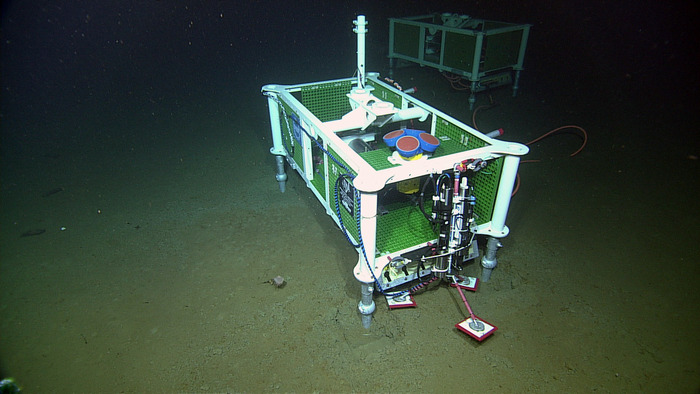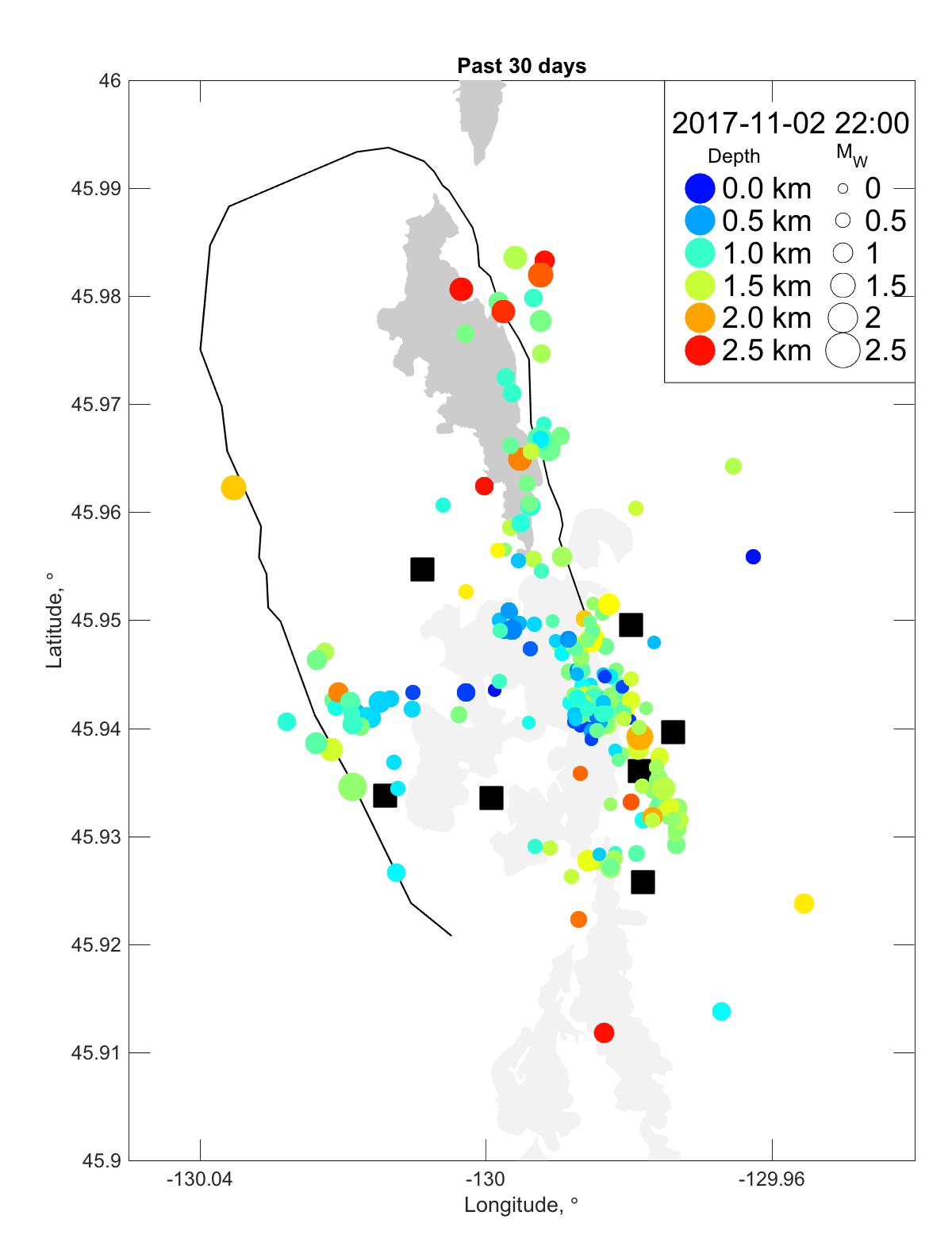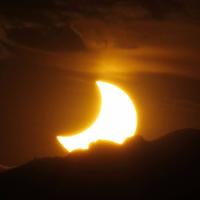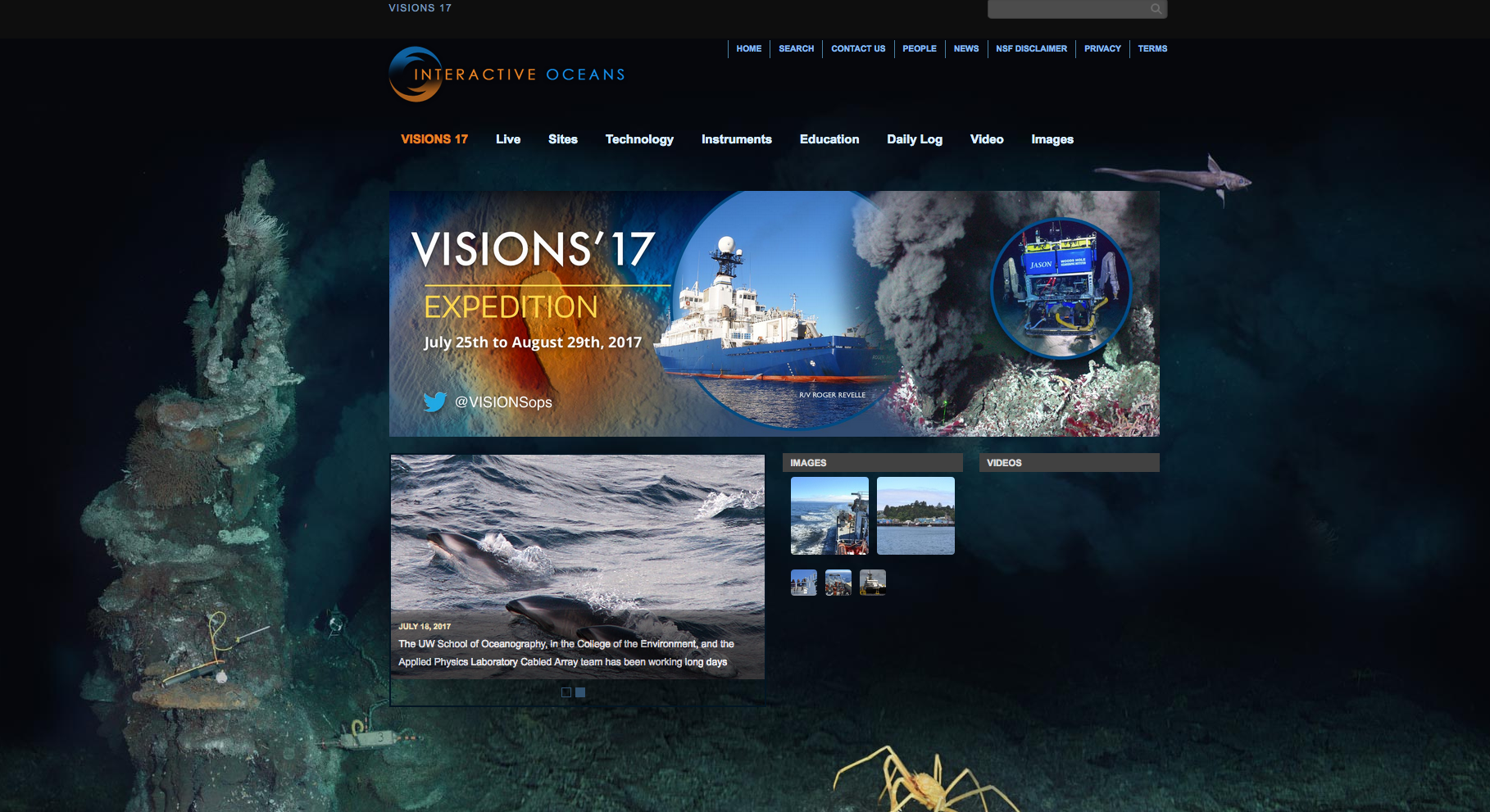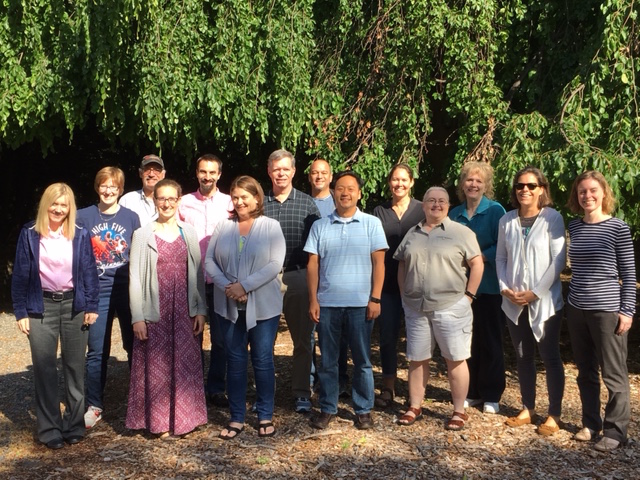Posts Tagged ‘2020’
OOIFB Administrative Support Office Solicitation
The NSF is accepting proposals for the Ocean Observatories Initiative Facility Board (OOIFB) Administrative Support Office.
Read MoreEos – Incorporating Observatory Data into Oceanography Courses
OOI Teaching with Data Workshops; New Brunswick, New Jersey, 19–21 May 2017 (chemistry) and 2–4 June 2017 (geology)
Read MoreGeekWire – Wave Broadband partners with UW to boost ocean observatory’s fiber connections
Wave Broadband is coming out in the open about its partnership with the University of Washington to provide broadband connectivity for the Regional Cabled Array, an undersea observatory that’s part of the federally backed Ocean Observatories Initiative.
Read MoreWEBINAR: Dec. 1, 2017 Cabled Array Staff Consultation
Friday, December 1, 2017 at 10 AM PST/1 PM EST
Cabled Array staff will provide an overview of the Cabled Array infrastructure currently deployed as well as engineering specifics including connectors, communication capabilities, testing procedures, and general timeline. The goal of the webinar is to provide researchers interested in adding instrumentation-infrastructure onto the Cabled Array the information required to submit an NSF proposal, which includes a letter from the Cabled Array team on technical feasibility. Awards have been made for addition of infrastructure onto the Cabled Array from NSF, ONR, and International collaborators.
[button link="https://docs.google.com/forms/d/e/1FAIpQLSemcNMpnYk1ekcZRHopOVnsETEVyTBGgf_PtqtVxisCipkgvg/viewform?usp=sf_link" bg_color="#00a9dd" window="yes"]Register Here[/button]
Please RSVP by Nov. 30
New Community Tool – Near Real Time Earthquake Catalog
The OOI Cabled Array spans the Juan de Fuca tectonic plate in the NE Pacific, enabling monitoring of submarine earthquakes as well as volcanic activity, methane seeps, and water column processes. Seismometers installed at the Axial Seamount site focus on recording local earthquakes associated with volcanic eruptions, magma recharge and inflation of the summit caldera, tectonic extension, and hydrothermal circulation. Additionally, these seismometers are able to record regional and teleseismic earthquakes.
The Earthquake Catalog provides access to a near-real time catalog (updated hourly) of local earthquake detections and HYPOINVERSE locations for these seismometers. Along with the catalog of events, the site features maps of earthquake activity on 24-hour, 7-day, and 30-day intervals, as well as histogram plots of recent activity put into context with historic eruptions at Axial.
Support for this work comes from the National Science Foundation.
Check out the Community Tools page for more great tools and derived datasets created by our users. Do you have a tool& or database you created to work with OOI data that you would like share on the OOI Website? Contact the HelpDesk and let us know!
Read MoreLA Times – Poor little zooplankton – they got totally punk’d by Monday’s eclipse
(From Los Angeles Times / Deborah Netburn)
[media-caption type="image" path="/wp-content/uploads/2017/08/la-1503605996-7r2vw3m985-snap-image.jpg" alt="Zooplankton, including this Euphausia pacifica, spend their days in deep water and rise to the surface to feed at night. They made an extra trip on Monday because they were fooled by the eclipse. (NOAA)" link="#"]Zooplankton, including this Euphausia pacifica, spend their days in deep water and rise to the surface to feed at night. They made an extra trip on Monday because they were fooled by the eclipse. (NOAA)[/media-caption]We humans weren’t the only life-forms to be affected by the Great American Eclipse on Monday.
Tiny marine creatures known as zooplankton got all mixed up as the sunlight grew increasingly dim along the path of totality.
One hour before the sky went dark, the gradual change in light caused the confused little critters to begin swimming up the water column to start their nighttime feeding routine.
As soon as totality was over and the light levels began to return to normal, however, they realized their mistake and made their way back to the safety of deeper, darker waters.
“They didn’t make it all the way up because the eclipse is only so long,” said Jonathan Fram, the Oregon State University oceanographer who observed them. “It takes them a while to get to the surface.”
[media-caption type="image" path="/wp-content/uploads/2017/08/la-1503600552-p3w92ijfjn-snap-image.jpg" alt="This plot shows zooplankton (in green) making an extra trip to the ocean surface (in red) during the eclipse. Normally, they come up to feed only at night. (Jonathan Fram / Ocean Observatories Initiative)" link="#"]This plot shows zooplankton (in green) making an extra trip to the ocean surface (in red) during the eclipse. Normally, they come up to feed only at night. (Jonathan Fram / Ocean Observatories Initiative)[/media-caption]To measure the movement of the plankton, Fram used bioacuoustic sonar equipment that is stationed off the Oregon coast.
The sonar equipment is part of a larger suite of instruments deployed by the Ocean Observatories Initiative that allows scientists to measure all kinds of oceanic variables, including water temperature, sunlight and air temperature.
Data collected by these instruments show that, overall, ocean animals do not experience the eclipse the same way we do.
On land, creatures in the path of totality felt the temperature drop several degrees as the moon covered the sun. However, the ocean temperature barely budged — even at totality.
On the other hand, the change in light intensity, which humans generally noticed about 15 to 20 minutes before totality, was more obvious to the deep-dwelling zooplankton earlier in the celestial event, Fram said.
“Light level changes quite a bit at depth,” he said. “If you change the surface light just a little bit, it gets noticeably darker to zooplankton.”
He added that his findings are consistent with similar research done during an eclipse in the early 1970s.
“That’s great,” he said. “That’s what we hoped to see.”
Astronomers and physicists capitalized on the total solar eclipse to gather data on the sun, but findings from the ocean were welcome, too.
“That might be my favorite story of the whole eclipse,” said Dan Seaton, a solar physicist at the University of Colorado who was not involved with the research. “It’s sort of adorable, this whole colony of tiny little creatures being like, ‘Oooh, nighttime!’ and then a few minutes later they’re like, ‘Oops.’
“It’s all part of the magic of eclipses,” he added.
….
[button link="http://www.latimes.com/science/sciencenow/la-sci-sn-eclipse-science-results-20180823-story.html"]Read Full Article[/button] Read MoreLA Times – Will the Great American Eclipse make animals act strangely? Science says yes
(From Los Angeles Times / Deborah Netburn)
It’s not just humans who will be affected by the Great American Eclipse coming on Aug. 21 — expect animals to act strangely too.
Anecdotal evidence and a few scientific studies suggest that as the moon moves briefly between the sun and the Earth, causing a deep twilight to fall across the land, large swaths of the animal kingdom will alter their behavior.
Eclipse chasers say they have seen songbirds go quiet, large farm animals lie down, crickets start to chirp and chickens begin to roost.
[…]
But there is always more to learn, so it should come as no surprise that a few experiments to document animal behavior are in the works for the Great American Eclipse.
Jonathan Fram, an assistant professor at Oregon State University, plans to use a series of bio-acoustic sonars to see whether zooplankton in the path of totality will rise in the water column as the sun is obscured by the moon.
Across the ocean, an enormous number of animals hide in the deep, dark waters during the day, and then swim upward during the cover of night to take advantage of the food generated in the sunlit part of the ocean.
“It’s the biggest migration on the planet, and most of us don’t even know it is happening,” said Kelly Benoit-Bird, a senior scientist at the Monterey Bay Aquarium Research Institute who is not involved with Fram’s study.
Scientists have known for decades that changes in light can affect these animals’ migration patterns. For example, most of these deep-water migrants won’t swim as close to the surface as usual during a full moon. Still, a total eclipse provides an ideal natural experiment that can help researchers learn how important light cues are to different critters, Benoit-Bird said.
Fram, who works on a project known as the Ocean Observatories Initiative, will be able to get data from six bio-acoustic sonars off the Northwest coast — three that are directly in the path of totality and three that are not. This should allow researchers to see how much the sun has to dim to affect changes in the zooplankton’s movements.
….
[button link="http://www.latimes.com/science/sciencenow/la-sci-sn-eclipse-animals-20170809-story.html"]Read Full Article[/button] Read MoreVisions 17 Cruise Underway
On July 27, the R/V Roger Revelle departed Newport, OR to begin VISIONS’17, a 32-day mission to replace and maintain elements of the Cabled Array off the coasts of Oregon and Washington.
Read MoreUsing Big Data in Teaching Undergraduates Using the OOI
Rutgers hosted two Teaching with Data Workshops (New Brunswick, New Jersey, May 19-21, 2017 (chemistry focused), and June 2-4, 2017 (geology focused) in an effort to bring together undergraduate professors, from both community colleges and universities, from ten states to learn the software and explore classroom activities that use OOI data.
Read MoreSuccessful Ocean Chemistry Workshop for Undergraduate Professors
Last weekend a Teaching with Data Workshop (New Brunswick, New Jersey, May 19-21, 2017) brought together undergraduate professors from six states to learn the software and explore pilot content developed by OOI.
Read More
